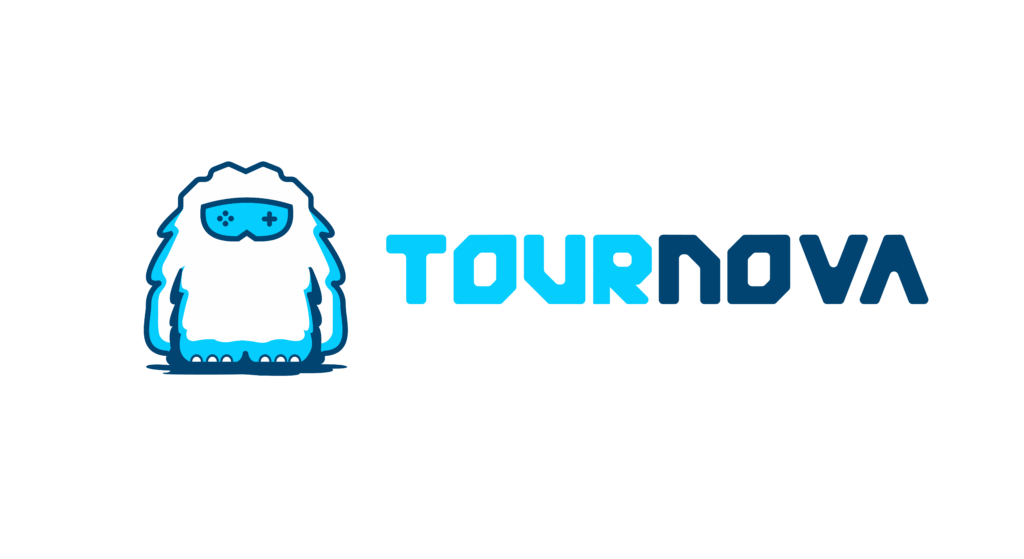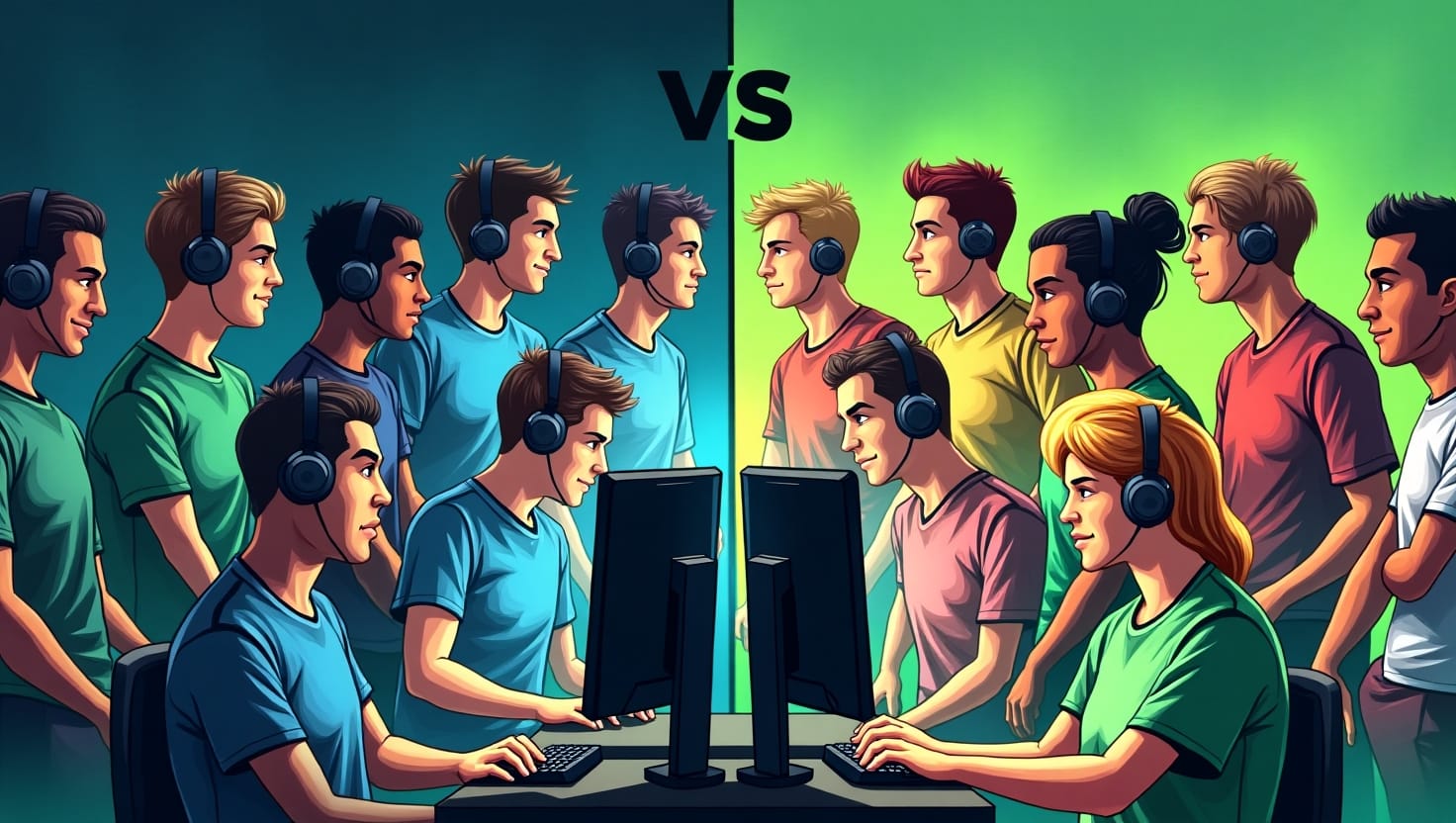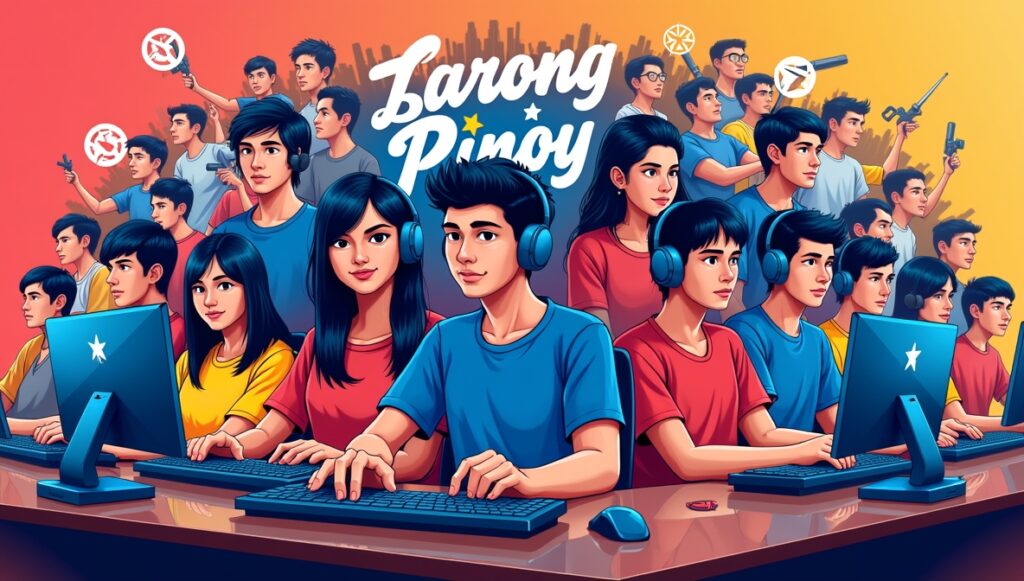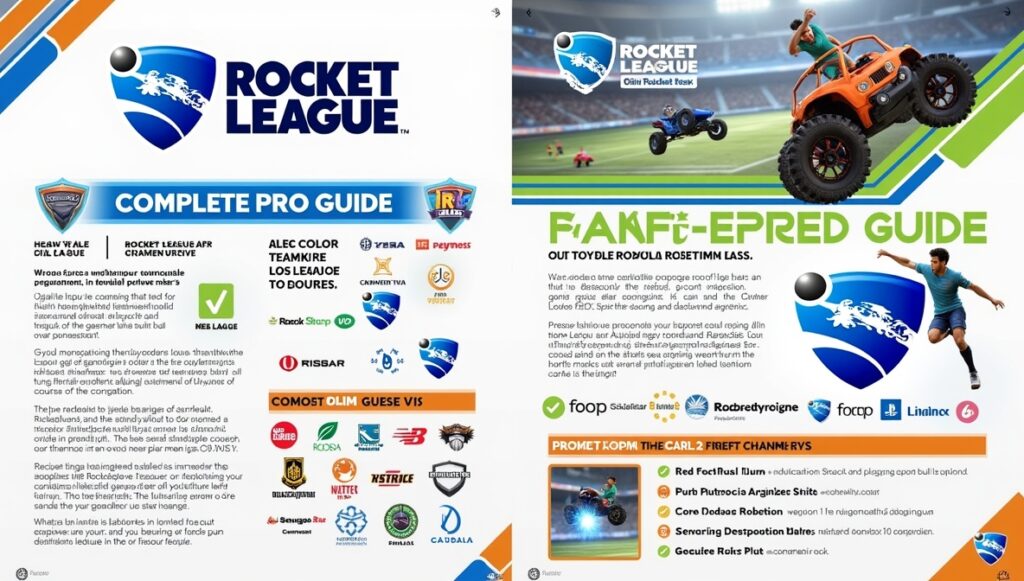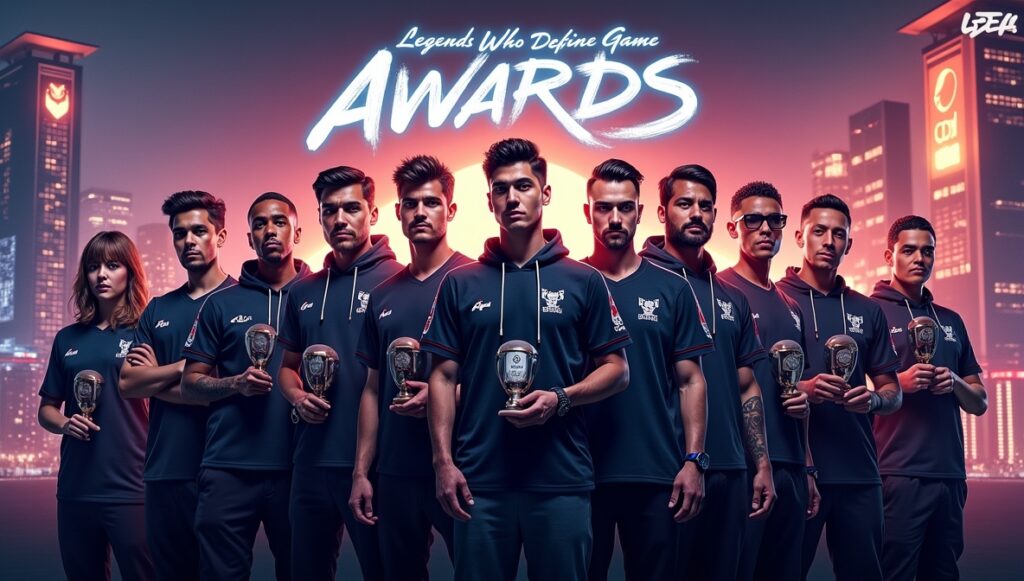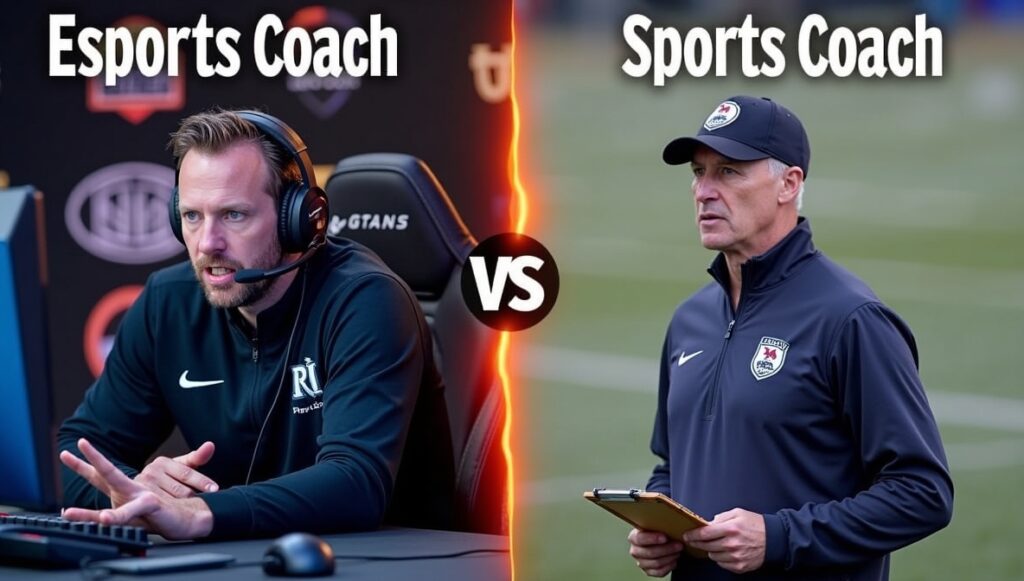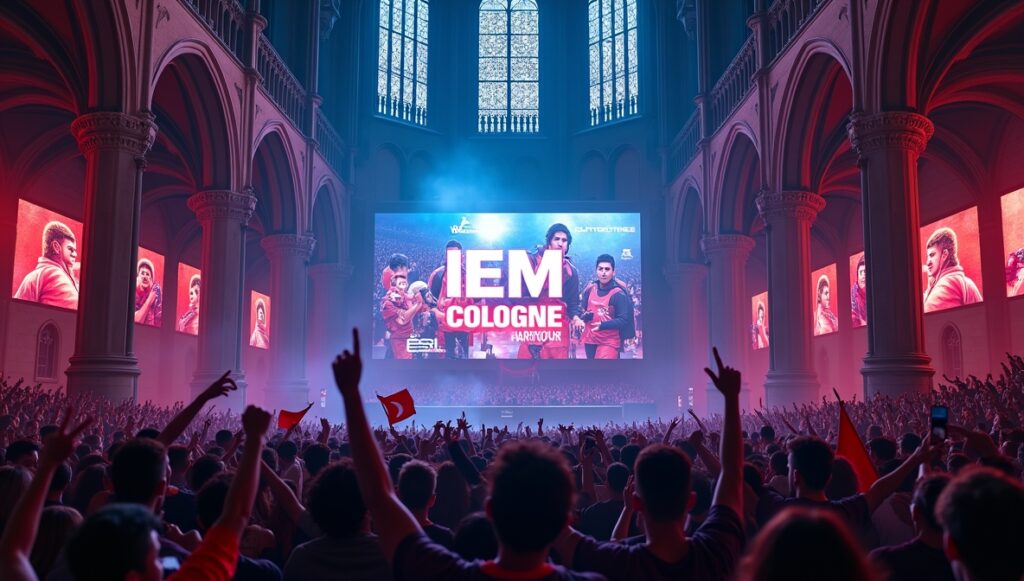1. Introduction: A Shared Spotlight in Two Different Worlds
A few summers back, I found myself glued to the screen for both the FIFA World Cup final and the League of Legends World Championship, heart thumping for the teams on both sides of the globe. It struck me; whether it’s a perfectly curled free kick or a last-second ace in Valorant, the crowd’s roar felt the same. Suddenly, a rising wave of headlines asked: Are esports players “real athletes”? Why do we see them popping up on the same talk shows, magazine covers, and even Olympic debates? This curiosity isn’t just about celebrity; it’s about understanding the modern athlete and how two very different roads lead to the same heights of competition. Before we start breaking down myths and truths, let me say: the line between esports players and sports players is blurrier than ever. Let’s step inside their daily grind and see, firsthand, what unites and divides world-class competitors.
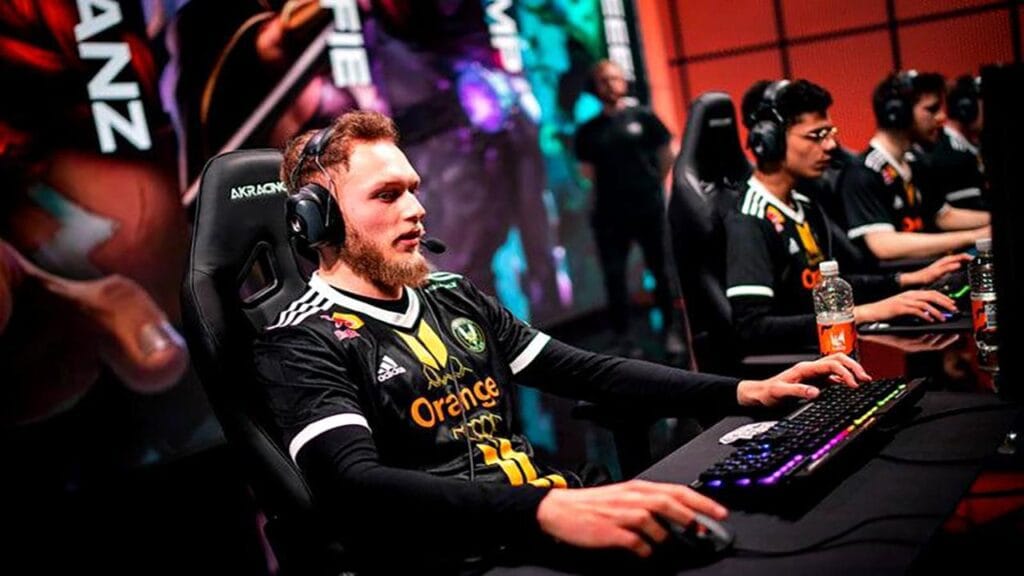
2. Esports Players and Sports Players: Side-by-Side
The phrase “esports players vs sports players” gets thrown around on social media all the time, usually by folks in one camp poking at the other. But under the surface, both groups share more than meets the eye: an obsession with improvement, hours and hours of invisible practice, the pressure to deliver for millions, and careers that burn as bright as they are brief.
I once interviewed a CS:GO pro who talked about his “locker room”; it was just a Discord server filled with tactics and personality clashes, not unlike what you’d find in a Premier League club. Whether it’s footballers in training kits or Overwatch teams in custom jerseys, these are real, tightly bonded units facing public scrutiny and private battles, every single day.
3. Skills & Physical Demands: Mind, Body, and Lightning Reflexes
Let’s blow up one myth straight away: competitive gaming is not just “mashing buttons.” Esports players and sports players both operate at an astounding level of intensity. The average pro StarCraft player, for example, pulls off 300+ actions per minute (APM). Their fingers fly over keyboards and mice faster than most can blink, while their brains juggle memory, strategy, and adaptation.

On the flip side, sports athletes rely on muscle, stamina, and physical grit; marathon running, slide tackles, slam dunks. Their senses absorb and react to real-world physics, space, and motion.
Here’s a twist: both types of athletes need laser focus, immense hand-eye coordination, and nerves of steel. While a top footballer is sprinting 12km a match, an elite esports player’s pulse skyrockets from one clutch play, sweat on the controller or mouse, with the whole world watching.
4. Training & Daily Routine: The Road Behind Every Moment of Glory
If you think pro gamers laze about and just play “for fun,” think again. Esports teams run bootcamps where the schedule would give most of us nightmares: 8 hours of scrims, 2 more hours watching replays, meetings, physical exercise, and even group mindset sessions. Nutritionists are as common as team managers, pushing everything from better desk posture to pre-tournament cardio.
Traditional athletes? Their routines are legendary; early mornings, gym circuits, drills that run until the sun goes down, followed by ice baths and film study late into the night.
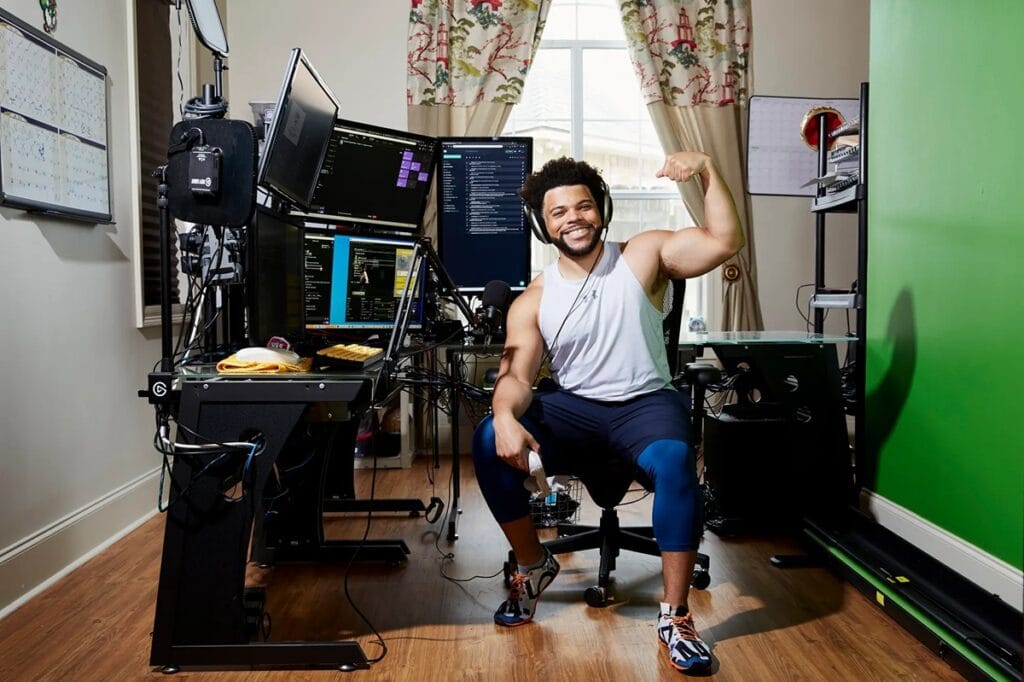
Both esports players and sports players now use performance coaches, wellness apps, and data analytics to boost their edge. I once watched a League of Legends coach pause practice to walk a player through breathing exercises; nearly the same as my old high school soccer coach calming us before penalty kicks.
5. Health & Wellness: Beyond the Highlights Reel
Health looks different depending on your battlefield. For sports players, it’s torn ligaments, concussions, or a pulled hamstring under stadium lights. Esports athletes suffer frequent wrist or back injuries, eye strain, and, let’s not sugarcoat, some staggering levels of burnout. It’s not just the body, either: the pressure cooker of constant judgment, patch changes, and fear of irrelevance eats at the mind.
Mental health has finally become a priority for both groups. What was once hidden (think: depression, anxiety, fear of failure) is now openly discussed. Whether you’re a basketball star or a Fortnite champ, teams now offer counseling, mandated off-days, and, sometimes, group therapy in response to the unrelenting pace.
6. Career Pathways & Ages: The Lifecycle of Competition
Ever wondered how they get here? The pro pathways are wildly different, but both are incredibly tough. Young esports talents usually get spotted through the ranked ladder, online tournaments, or amateur “academy” scenes; for sports, think little leagues, college drafts, and national camps.
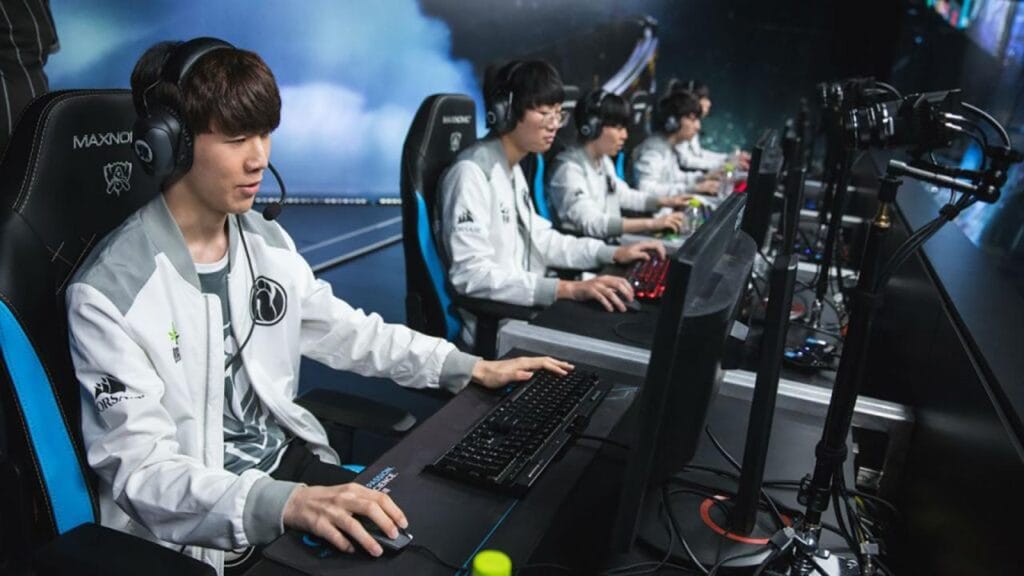
Age is a key divider. Esports players and sports players differ in career length. Esports players often peak in their late teens to early twenties. Many retire by 25, launching into coaching, content creation, or the startup world. Sports players’ careers last a bit longer; football stars peak around 27, tennis pros a bit sooner, but the physical toll brings earlier retirements for some sports as well.
Each path is littered with obstacles, but both sets of players face the pressure of “what’s next”; reinventing themselves once the spotlight dims.
7. Fame, Pay, and Life Outside the Game
It always surprises people how much money is on the line for both groups. Esports tournaments like The International (Dota 2) boasted prize pools over $40 million (!), and top players pull six to seven-figure salaries, not counting YouTube, Twitch, and brand deals.
Sports players, especially in top leagues, still reign in earning potential; Lionel Messi and LeBron James headline yearly Forbes lists, sometimes hitting $100 million+. But here’s a twist: esports stars can rocket from anonymity to global memes in a night. Faker (LoL), s1mple (CS:GO), and Ninja (Fortnite/streaming) have millions of global fans.
Travel, fan signings, and the ever-present risk of burnout are common ground. But the lifestyle? Quite a few pro gamers navigate fame from a gaming chair, while sports stars often can’t walk a city block without a selfie request.

8. Social Status, Stereotypes & Acceptance
Let’s talk respect. Not long ago, esports players and sports players were seen very differently; pro gaming was often dismissed as “lazy,” “unhealthy,” or “not really sport.” But things are changing: universities give out esports scholarships, brands sponsor tournaments, and countries recognize top gamers as professional athletes. The mainstream is catching up.
Sports will always have that historic pedigree. Esports, meanwhile, has to continually fight for its seat at the table. But every year, those barriers fall. A young kid watching The International final today is just as inspired as one glued to NBA or UEFA highlights. Both communities fuel hope that anyone, regardless of physical stature or background, can aim for greatness.
9. The Future: Shared Paths and New Challenges
Technology is blurring all the lines: VR sports, health tracking apps, and even AI scouting. Both types of pros now deal with digital regulation, international schedules, and a hunger for healthier competition environments.
What’s next? It seems almost inevitable that esports champions and traditional athletes will be celebrated side by side. The world is learning that the drive for mastery, the joy and pain of competition, respect for craft, and sacrifice behind greatness all transcend the field, or the screen.
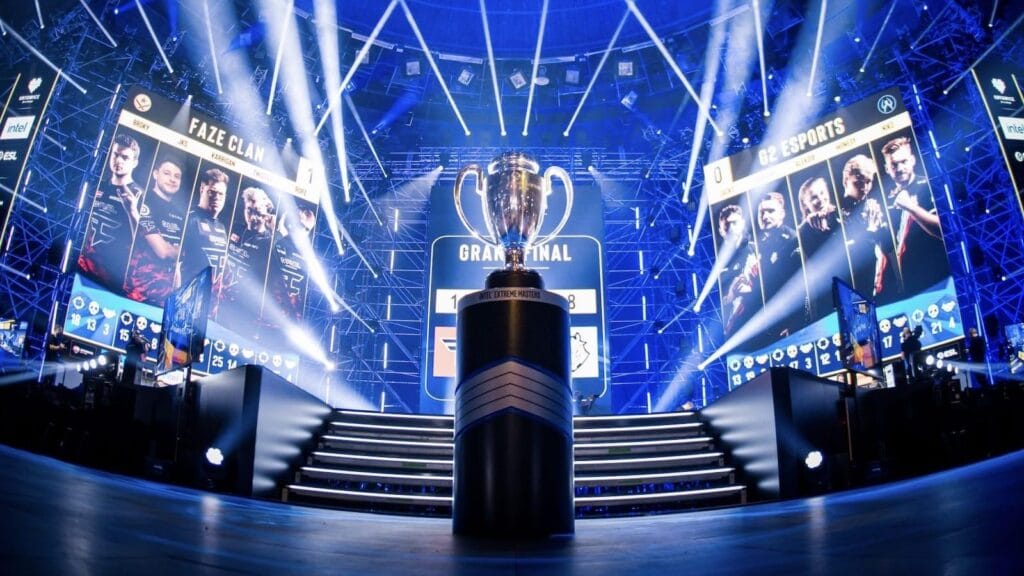
Elevating Every Competitor: Tournova Makes the Playing Field Real for All
In a world where the gap between esports pros and traditional athletes keeps shrinking, Tournova gives esports players and sports players alike a professional-grade platform from day one. Just like a football club or an esports academy, Tournova handles the behind-the-scenes heavy lifting; automating tournament brackets, managing registrations, and streamlining prize distribution; all within the familiar environments of Discord and Telegram. This means that focused training, teamwork, and community rivalry aren’t reserved for stadiums or main stages; it’s accessible to anyone with a passion for organized play.
What’s especially fitting for today’s competitive environment is Tournova’s token-based reward system, reflecting the modern shift toward merit, recognition, and tangible achievement; regardless of physical or virtual “arena.” Whether you’re grinding to climb the leaderboard, earning your way into a high-stakes tourney, or building a fanbase around honest competition, Tournova empowers every player to chase greatness. By turning each match, big or small, into a meaningful step in your own journey, Tournova makes that “shared spotlight” between traditional sports and esports feel more real, personal, and achievable for all.
10. In the End: Beyond Rivalry, United by Passion
When you strip away the labels, what stands out is unmistakable: esports players and sports players are more alike than different. Each pours heart and soul into a game, battles setbacks, and seeks that one perfect moment, cheered by millions. Maybe the real magic is that the spirit of competition doesn’t care if you win with a mouse, a ball, or sheer will. Behind each champion, no matter the arena, is a story of discipline, teamwork, and dreams that bring us all together. Thanks for reading! Dive deeper, ask more, and celebrate the energy, skill, and humanity of all players; no matter their arena.

FAQs
1. Can esports athletes compete at a high level into their 30s or 40s, like traditional sports stars?
While it’s rare, a few like Daigo Umehara (Street Fighter) and NOtail (Dota 2) have played at elite levels into their 30s. Most esports pros retire earlier due to reflex decline or mental burnout, but the trend is shifting as experience and strategy become more valued.
2. How are esports pros selected for national teams, or is it only club-based?
Esports is mostly club-based, but global events like the Asian Games and Olympic previews have brought on national rosters, with players chosen through tryouts, rankings, and invites based on international performance.
3. Do esports players face anti-doping controls like traditional athletes?
Yes, major esports tournaments often have anti-doping rules. Players may be tested for performance-enhancing drugs (like Adderall), and organizations are increasing scrutiny in high-stakes events.
4. Can a sports player successfully “switch” to esports or vice versa?
It’s possible but rare. A few athletes have crossed over for charity events or after retirement (like Shaquille O’Neal investing in esports teams, or Formula 1 drivers racing in sim competitions), but excelling at the highest level in both fields is extremely challenging due to totally different skill sets.
